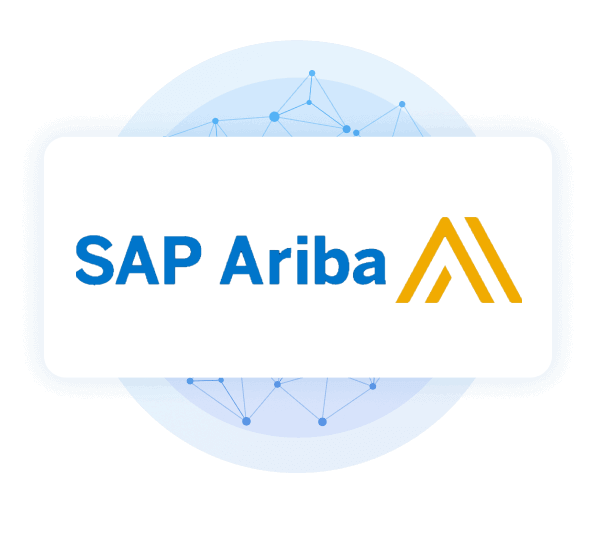Discover how a bimodal integration strategy can address the major data management challenges facing your organization today.
Get the Report →CData Software - Knowledge Base
Latest Articles
- Replicate Data from Multiple Files in an Amazon S3 Bucket Using CData Sync
- Replicate Data from Multiple Local Files Using CData Sync
- Driver Guide: Marketing Analytics Predefined Reports
- Displaying Data from Related Tables Using Angular with Connect Server
- Deploying CData Sync in a Kubernetes Environment
- Excel Add-In Getting Started Guide
Latest KB Entries
- Jetty Security Notice Overview
- Upsert Salesforce Data Using External Id in SSIS
- NuGet Repository Overview
- SAP Drivers Overview
- Embedded Web Server (.NET) - Potential Medium Security Vulnerability
- Configuring Incremental Replication in CData Sync
ODBC Drivers
- [ kb ] How to Replicate Data Between MySQL and SQL Server ...
- [ article ] Author and Share Power BI Reports on Live Google ...
- [ article ] Using Mail Merge with Salesforce, SharePoint, or ...
- [ article ] Connect to MySQL through SSH Using the Built-In ...
JDBC Drivers
- [ article ] Discovering SaaS, Big Data, and NoSQL Metadata ...
- [ article ] Access QuickBooks from RazorSQL
- [ kb ] CData AWS Glue Connector Trial
- [ article ] A Comparison of JDBC & ODBC Drivers for Amazon ...
SSIS Components
- [ article ] Deploy CData SSIS Components on Azure Data Factory
- [ kb ] SSIS Components: Source Output ColumnName Does Not ...
- [ article ] SSIS Components Getting Started Guide
- [ article ] Access SAP Tables and SAP Queries using CData SAP ...
ADO.NET Providers
- [ kb ] FAQ: Licensing and Deploying Builds of Finished ...
- [ article ] Connect QuickBooks to SQL Server through SSIS
- [ article ] Using the CData Data Providers with the DevExpress ...
- [ article ] Access SAP Tables and SAP Queries using CData SAP ...
BizTalk Adapters
- [ article ] How to Execute Stored Procedures with the CData ...
- [ article ] Standards-Based Access to NoSQL Data Sources
- [ article ] How to Generate SQL Command Schemas for the CData ...
- [ article ] Configuring a Receive Location for the CData ...
Excel Add-Ins
- [ article ] Excel Spreadsheet Automation with the CDATAQUERY ...
- [ article ] Start and Stop Windows Services Using the CData ...
- [ article ] Video: Connecting to Google BigQuery Data from ...
- [ article ] Install a Microsoft Excel Add-In Manually
API Server
- [ article ] Access Salesforce Data in SharePoint External ...
- [ article ] Host the API Server on Heroku
- [ article ] Launch the CData Connect Azure Virtual Machine
- [ article ] Host the API Server on Azure
Data Sync
- [ kb ] Connect/Disconnect the QuickBooks Online Products
- [ article ] Start with CData Sync Part 1: Licensing, Creating ...
- [ kb ] CData Sync Truncation Errors
- [ article ] Configuring Oracle Autonomous Database as a CData ...
Windows PowerShell
- [ article ] Import QuickBooks Online Data to QuickBooks ...
- [ article ] PowerShell Cmdlets Getting Started Guide
- [ article ] Start and Stop Windows Services Using the CData ...
- [ article ] Query Google Calendars, Contacts, and Documents ...






